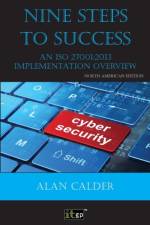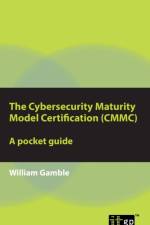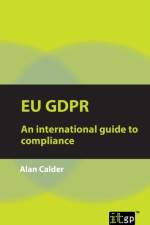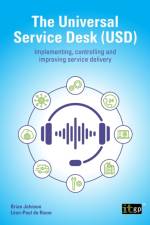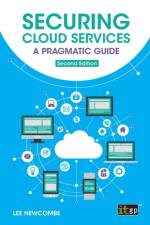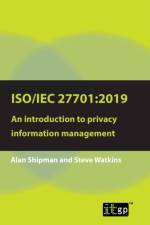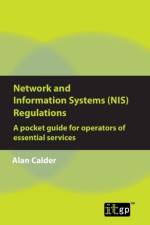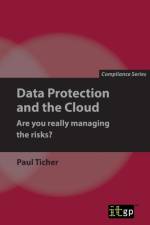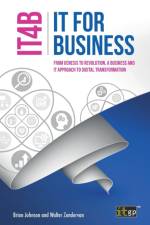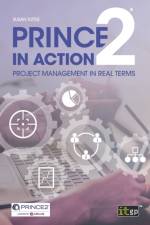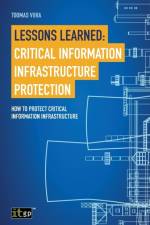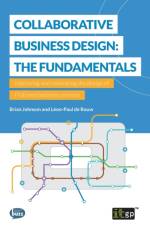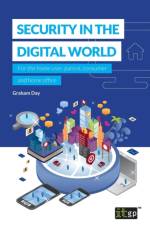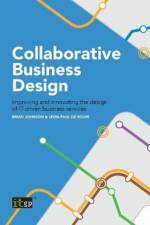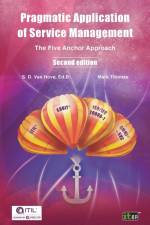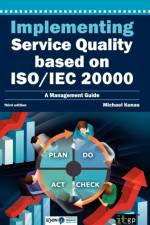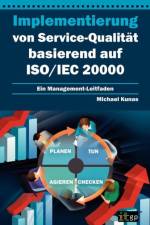- For the home user, parent, consumer and home office
von Graham (University of Wales Bangor UK) Day
30,00 €
"Love the fact that it jumped in with 10 top tips for security, a great opening to the book… Excellent section on phishing emails/vishing/smishing, with great practical examples …"Christopher Wright, Wright-CandA Consulting LtdProtect yourself from cyber threats and risksCyberspace, the Internet, computer networks, the digital world - call it what you will - is always developing. And so are the threats and risks of being online.Security in the Digital World explains the common digital threats to home users, home offices, mobile users, consumers and parents alike, as well as providing tips, advice and guidance. It doesn't matter if you are working in the most mature enterprise environment, unemployed, retired or still at school, whether you often have a smartphone in your hand or only use an e-reader, you are at risk.Security in the Digital World is a straightforward guide for the home user, parent, consumer and home office, providing a fountain of knowledge for modern security needs. It gives an overview of who conducts cyber attacks any why, and where cyber threats come from. It also explains what you can do to protect yourself and others, and provides a personal cyber security risk assessment.Deeper insight into threats in the digital worldThis must-have guide gives up-to-date information on consumer risks and provides: Ten tips to keep your digital information secure; Understanding and awareness of information security and cyber threats; Explanations of what social engineering is and techniques used by cyber criminals; Advice on what to look out for online and your rights as a consumer; and Guidance on common threats in the digital age, including malware, social engineering and ransomware.There is little technical knowledge or skill needed to understand and apply the book's tips and advice, and there are lots of images to help guide you.From the top ten tips and the breakdown of consumer risks, to social networking and parental security, this book is an essential guide for anyone and everyone trying to stay safe and secure in the evolving digital world.About the authorGraham Day spent 24 years in the military, including more than a decade as a counter-intelligence and security specialist on operational deployments around the world.Since retiring from the military, Graham has provided a range of services as a consultant, including, but not limited to, information security, cyber security , business continuity, cyber risk and cyber resilience.He is a CESG Certified Professional Security Information Risk Advisor, a Certified Information Systems Security Professional, and a member of the Author Group for British Standard 31111 Cyber Risk & Resilience.

